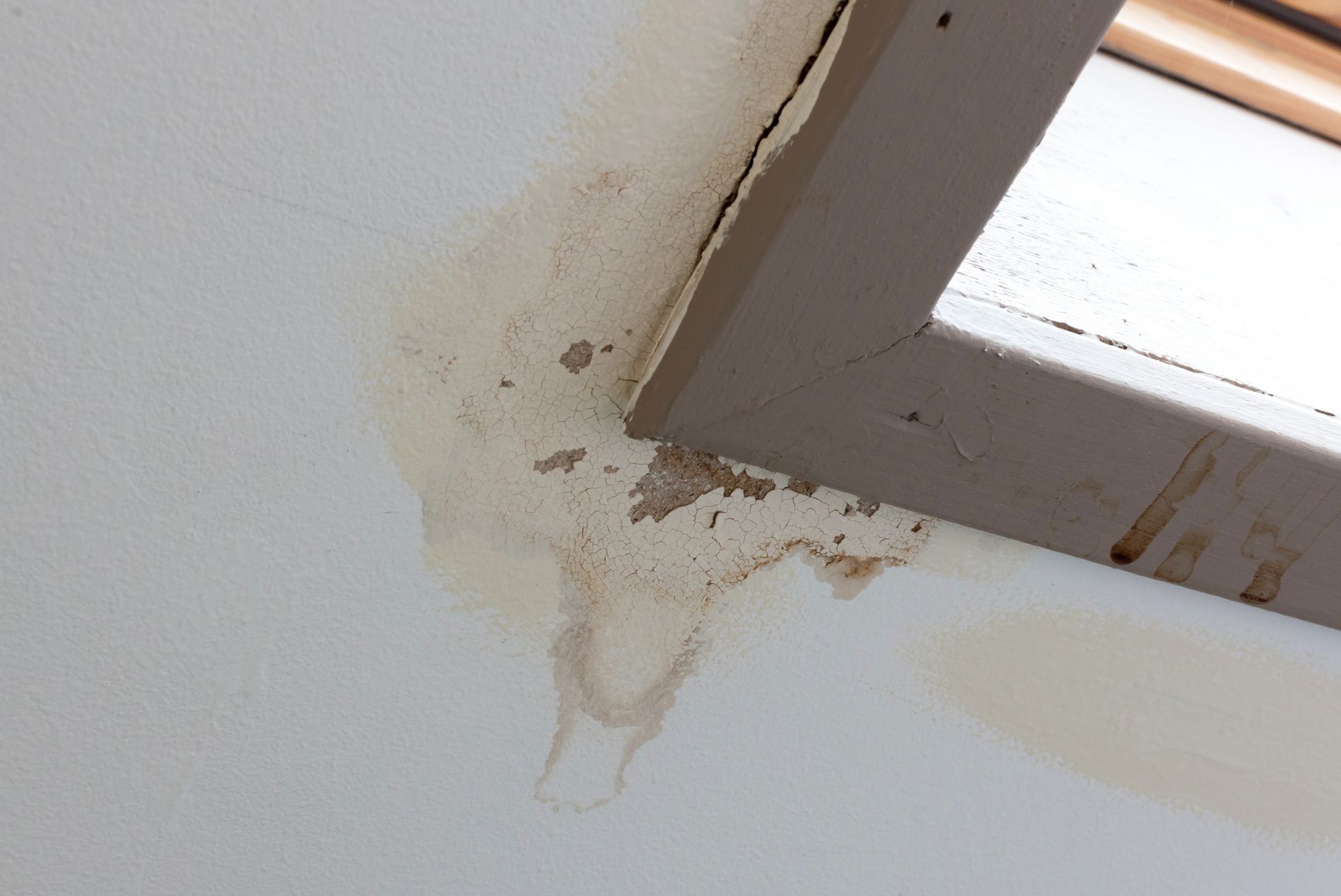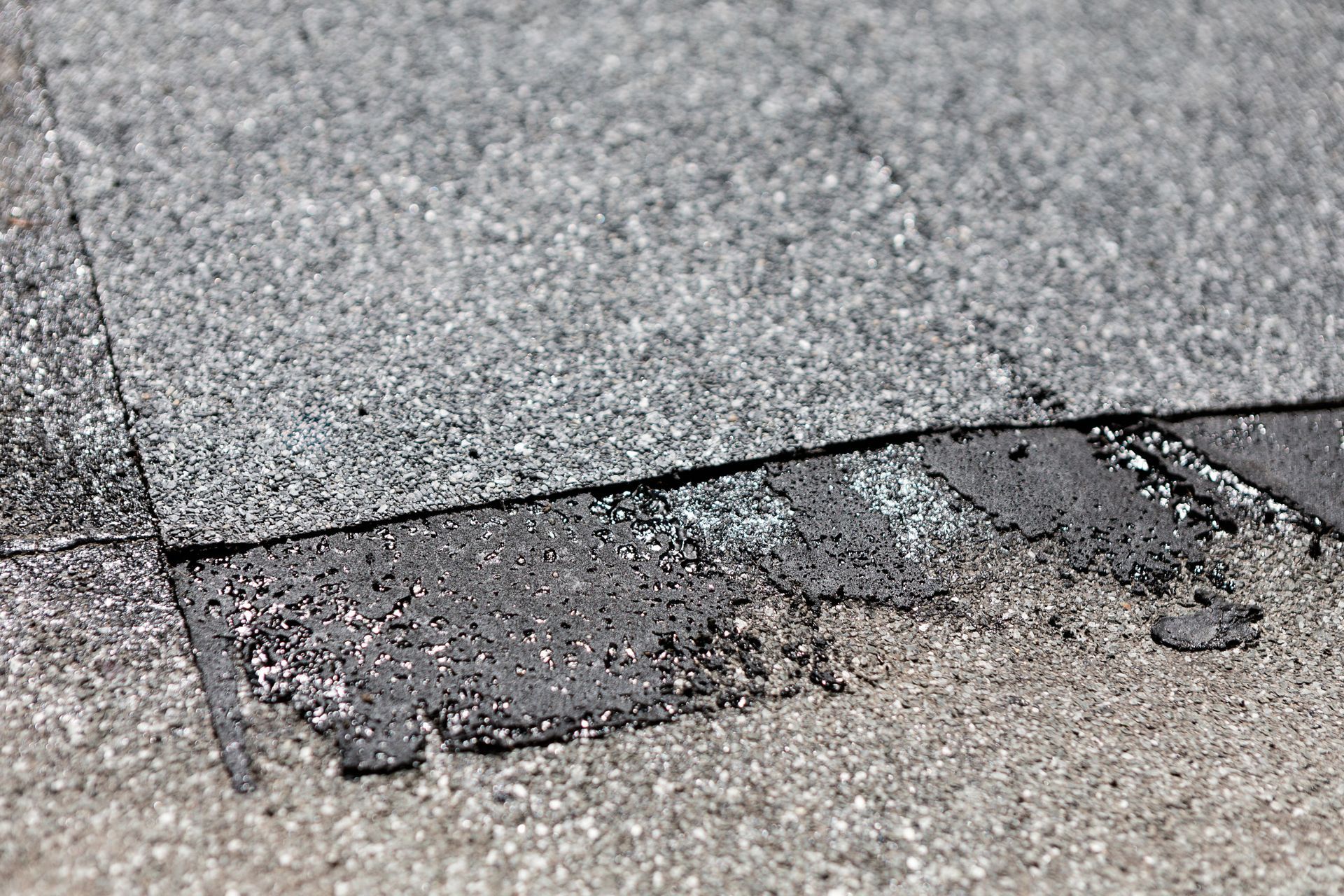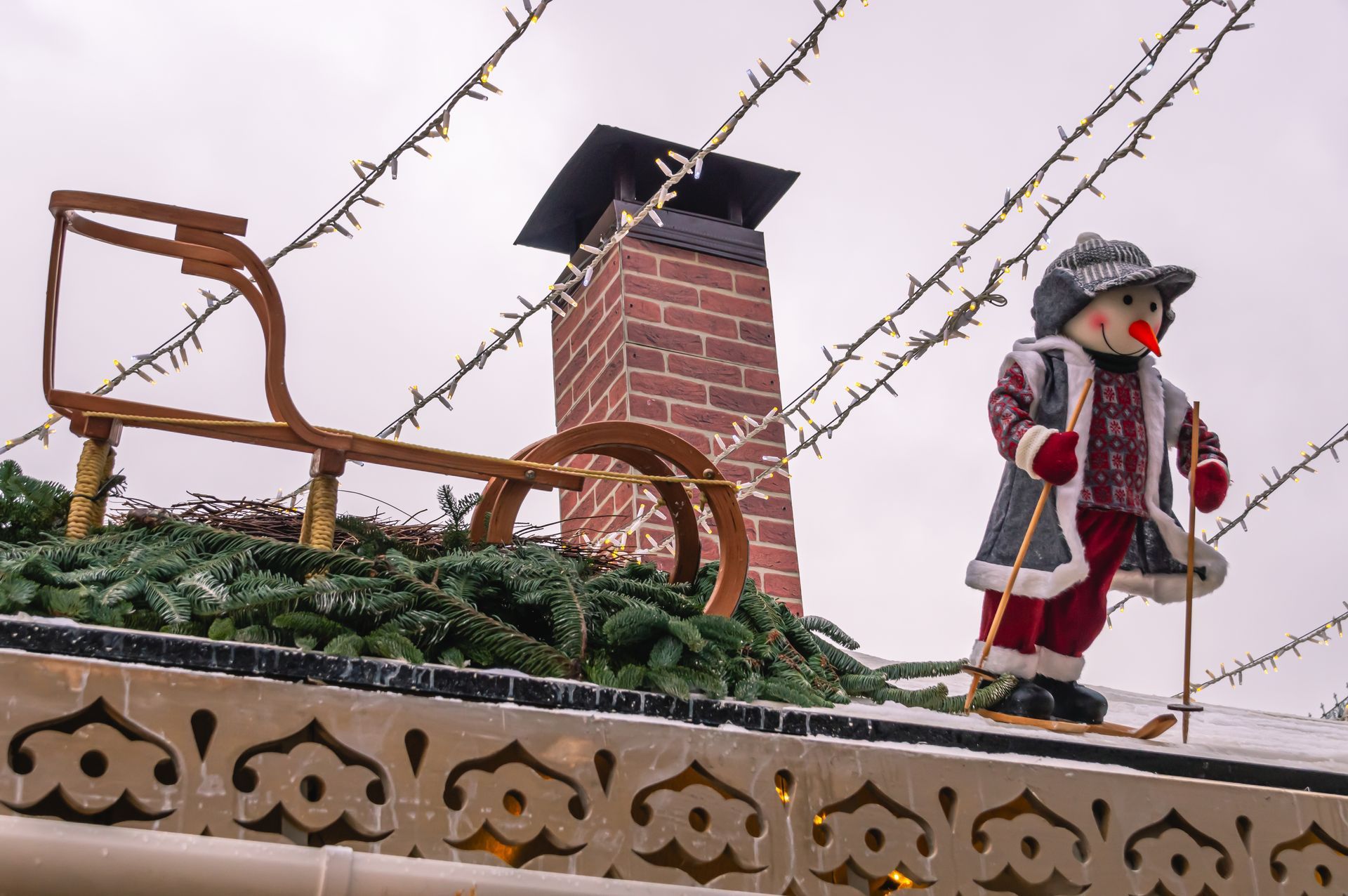What Constant Dampness Does to Your Roof’s Underlayment and Plywood Decking

There’s no more obvious sign of roofing trouble than a leak, but that obvious outcome is the culmination of a long-term process. Beneath your shingles or roofing material lies a complex system designed to keep water out: the underlayment and plywood decking.
When moisture lingers too long in these layers, it quietly weakens your roof from the inside out, leading to rot, warping and even structural failure.
The Role of Underlayment and Plywood Decking
Before exploring how dampness causes damage, it helps to understand the roles of the underlayment and decking.
- The underlayment is a protective barrier installed directly beneath your shingles. Typically made of felt or synthetic material, it adds an extra layer of defense against water intrusion, especially during heavy rain or wind-driven storms.
- The plywood decking, also called the roof sheathing, is the solid wood foundation that supports the underlayment and shingles. It keeps your roof structurally sound and evenly distributes weight across the rafters.
Together, these layers form the hidden backbone of your roofing system. While you may never see them, their health determines how long your roof lasts and how well it protects your home.
How Moisture Enters the Roof System
Constant dampness often builds up gradually through several common sources:
- Small leaks or flashing gaps around chimneys, skylights or vents can allow small amounts of water to seep in over time.
- Condensation can form when warm, humid indoor air rises into a poorly ventilated attic and meets cool surfaces beneath the roof deck.
- Clogged gutters or improper drainage can cause standing water that seeps under shingles.
- Roof age and wear eventually cause protective materials to thin, crack or lift, allowing moisture to sneak beneath them.
The danger lies in the fact that these sources of dampness often go unnoticed for months or even years, until visible damage appears.
What Happens When Underlayment Stays Damp
Your roof’s underlayment is designed to resist moisture, but it is not invincible. Prolonged exposure to dampness can cause:
- Loss of elasticity and strength: Felt or synthetic materials can weaken, tear or wrinkle, allowing more water to pass through.
- Mold and mildew growth: Persistent moisture creates a breeding ground for spores that can spread into attic insulation and drywall.
- Loss of adhesion: If underlayment starts to peel away from the decking, water can travel freely between the two layers.
Over time, even minor dampness can compromise the underlayment’s ability to act as a secondary moisture barrier, leaving your roof vulnerable to leaks during the next storm.
How Dampness Damages Plywood Decking
Once moisture penetrates the underlayment, it reaches the plywood decking, one of the most critical structural elements of your roof.
Plywood is made of compressed layers of wood veneer, and like any wood product, it can be damaged by long-term exposure to moisture:
- Delamination: The adhesive holding the plywood layers together begins to fail, causing the wood to bubble, warp or separate.
- Rot and decay: Fungal growth begins to eat away at the wood fibers, weakening the roof’s support structure.
- Sagging or soft spots: Over time, moisture-damaged plywood loses its rigidity, causing the roof surface to dip or flex under weight.
- Nail popping: Warped decking can force nails and shingles upward, creating new gaps where more water can enter.
Once rot or delamination takes hold, the only long-term solution is to replace the affected decking. This costly repair can potentially be avoided with early detection.
Signs That It Is Time to Schedule a Roof Inspection
If you suspect moisture issues, a professional roof inspection can confirm the extent of the problem and prevent it from getting worse. Warning signs include:
- Persistent musty odors in the attic
- Visible mold growth on rafters or insulation
- Peeling paint or damp drywall on upper walls or ceilings
- Uneven or sagging roof lines
- Shingles that appear curled, lifted or discolored
Even if these signs are not obvious, homeowners should consider scheduling a roof inspection every one to two years, especially in the Puget Sound area, where damp weather is a given. Professional roofers use the right tools to detect hidden dampness before visible decay occurs.
The Importance of Proper Ventilation
A well-ventilated roof system allows air to circulate freely, balancing temperatures and humidity levels. Soffit vents draw in fresh air, while ridge or gable vents release warm, moist air. If you notice damp insulation or frost buildup in the attic during winter, it may be time to improve ventilation.
Roofing professionals can evaluate whether your home has enough intake and exhaust vents to maintain airflow. Adding or enlarging vents is often a simple, cost-effective way to prevent moisture buildup and extend your roof’s lifespan.
Keep Your Roof Strong With Our Roofing Services in Seattle and the Greater Puget Sound Area
Constant dampness can quietly destroy the layers that protect your home from the elements. The experienced professionals at Chet’s Roofing & Construction know how to identify moisture damage before it spreads and provide lasting solutions to restore your roof’s integrity.
Call us today at (877) 611-1514 to schedule your roof inspection and moisture assessment.



